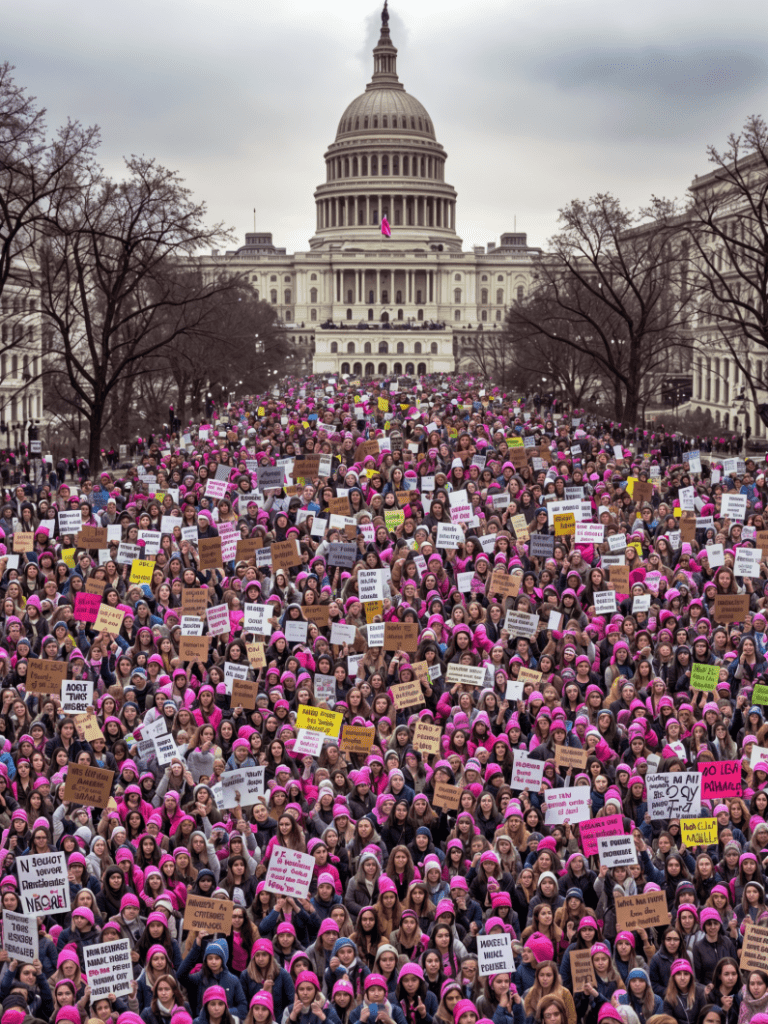On This Day, January 21, 2017, the Women’s March marked a historic moment in activism and social movement history, becoming the largest single-day protest in the United States. This worldwide protest, occurring the day after the inauguration of President Donald Trump, was a powerful response to his election and his policy positions, which many saw as threatening to women’s rights and gender equality.
The genesis of the Women’s March began shortly after the 2016 U.S. Presidential election. The idea was initially proposed on social media, and it quickly gained momentum, evolving into a massive grassroots movement. The march aimed not only to address issues related to women’s rights but also to stand against various forms of discrimination, including racism, religious discrimination, and LGBTQ+ rights violations. It was a demonstration for social justice, civil liberties, and environmental protections.
On January 21, millions of people took to the streets in cities across the United States and around the world. Washington D.C. witnessed the largest gathering, but simultaneous marches occurred globally, from major U.S. cities to locations in Europe, Asia, Africa, and Australia. Participants included a diverse group of people from different age groups, races, religions, and political backgrounds, united by their advocacy for human rights and equality.
The Women’s March had a significant impact beyond the event itself. It rejuvenated social and political activism, particularly among women. It sparked a wave of political involvement, with many participants becoming more engaged in local and national politics, advocacy, and community organizing. The march also had a galvanizing effect on various social movements and was a precursor to future actions and demonstrations advocating for women’s rights and other social justice causes.
The legacy of the Women’s March on January 21, 2017, extends beyond the demonstration itself. It stands as a testament to the power of collective action and grassroots organizing. The march not only highlighted important social and political issues but also demonstrated the potential for widespread mobilization in the pursuit of equity, justice, and human rights.
